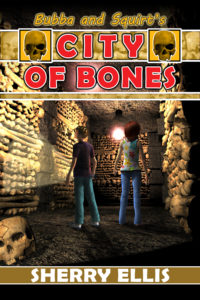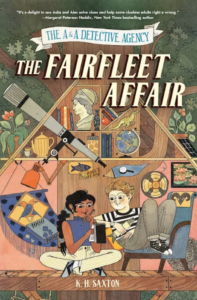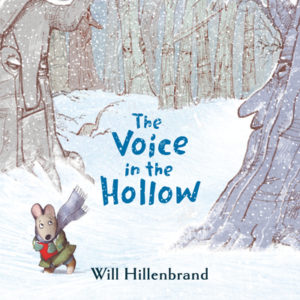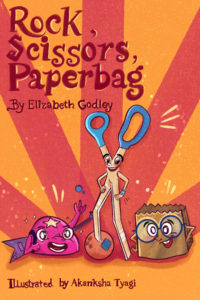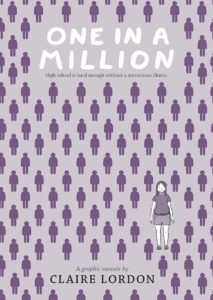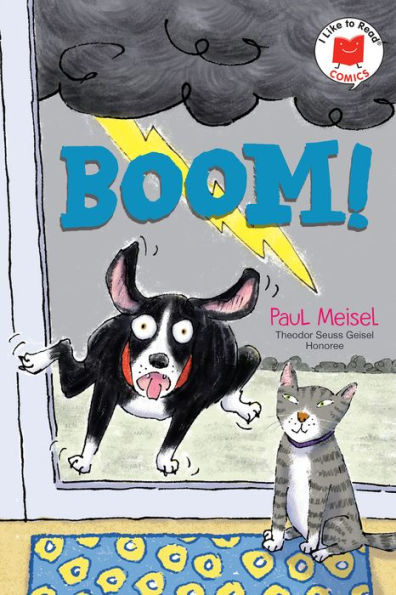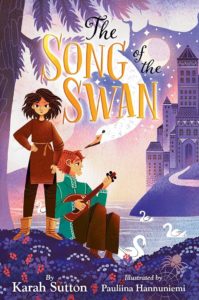“Ways to Get Middle-Grade Students Excited About Reading”
When kids are young, they are excited about books. Many even want to be authors when they grow up. I always chuckle during school visits when I ask the question, “Who wants to be an author when you grow up?” Inevitably, every hand goes up in the kindergarten and first grade groups. As the grade number goes up, the hand numbers go down. Middle-schoolers rarely have ambitions to become an author. Sometimes that also means they don’t enjoy reading. How can we get these kids excited about reading? Here are some tips teachers can use in their classrooms to get them motivated.
- Plan lessons around your favorite books and topics. If you’re excited about the book, that enthusiasm will show and may infect your students – in a good way!
- Show students you’re reading, too. Post a picture of your current read on a board each week and encourage kids to ask about it.
- Maintain a classroom library. I see this in classrooms for the little kids all the time, but not so much in classrooms for older kids. Fill it with a wide variety of popular novels – books that would appeal to both boys and girls. Consider including shorter stories and some with illustrations that may appeal to reluctant readers.
- Encourage independent reading by providing time to read. Have students set individual goals and reward students for reaching them. Don’t attach a grade to it though. Students may get turned off by that.
- Watch movies of the books after reading them and compare the differences.
- Use audio books. Okay, so that’s not exactly reading, but it could get reluctant readers interested in books.
- Implement classroom book clubs in which students get to choose what they want to read from a list of books and then get grouped with others who want to read the same thing. Give them some ideas for topics they can discuss that are related to the books. Encourage them to come up with their own.
- After reading a book, have students participate in activities that help them flex their own creative muscles: imagine a different ending, write a letter to the main character referencing a specific scene, interview the villain, draw a map of the story’s setting, etc.
- Introduce students to a popular new series. The cliff hangers might entice reluctant readers to keep reading.
- Adopt an author. If students are excited about an author’s book, visit that author’s website and find out if that author can do a school visit or Skype visit. You can also see if that author has done any videos or webcasts that can be shown in the classroom.
With a little ingenuity, teachers can make reading fun, interesting, and engaging. And who knows? Maybe if a lot of teachers do this, the number of hands of middle-schoolers who want to be authors will go up!
Book #3 of the Bubba and Squirt series
Published January 16th, 2024 by Dancing Lemur Press
About the Book: Creepy Underground Catacombs!
Bubba and Squirt are back for another rousing quest as they travel through the mysterious vortex to Paris, France. It’s another wild adventure as they track down art thieves, encounter terrifying monsters, and discover the whereabouts of their missing father.
Will they make it out alive or join the rest of the skeletons in the City of Bones?
About the Author: Sherry Ellis is an award-winning author and professional musician who plays and teaches the violin, viola, and piano. When she is not writing or engaged in musical activities, she can be found doing household chores, hiking, or exploring the world. Ellis lives in Atlanta, Georgia.
https://www.sherryellis.org/
https://www.bubbaandsquirt.
https://www.facebook.com/
https://twitter.com/513sherrye
Sherry Ellis’ Bubba and Squirt’s Big Dig to China won the Reader’s Favorites Silver Medal for the Children’s Grades 4-6 category.
Thank you, Sherry, for sharing some good advice to get readers reading!
